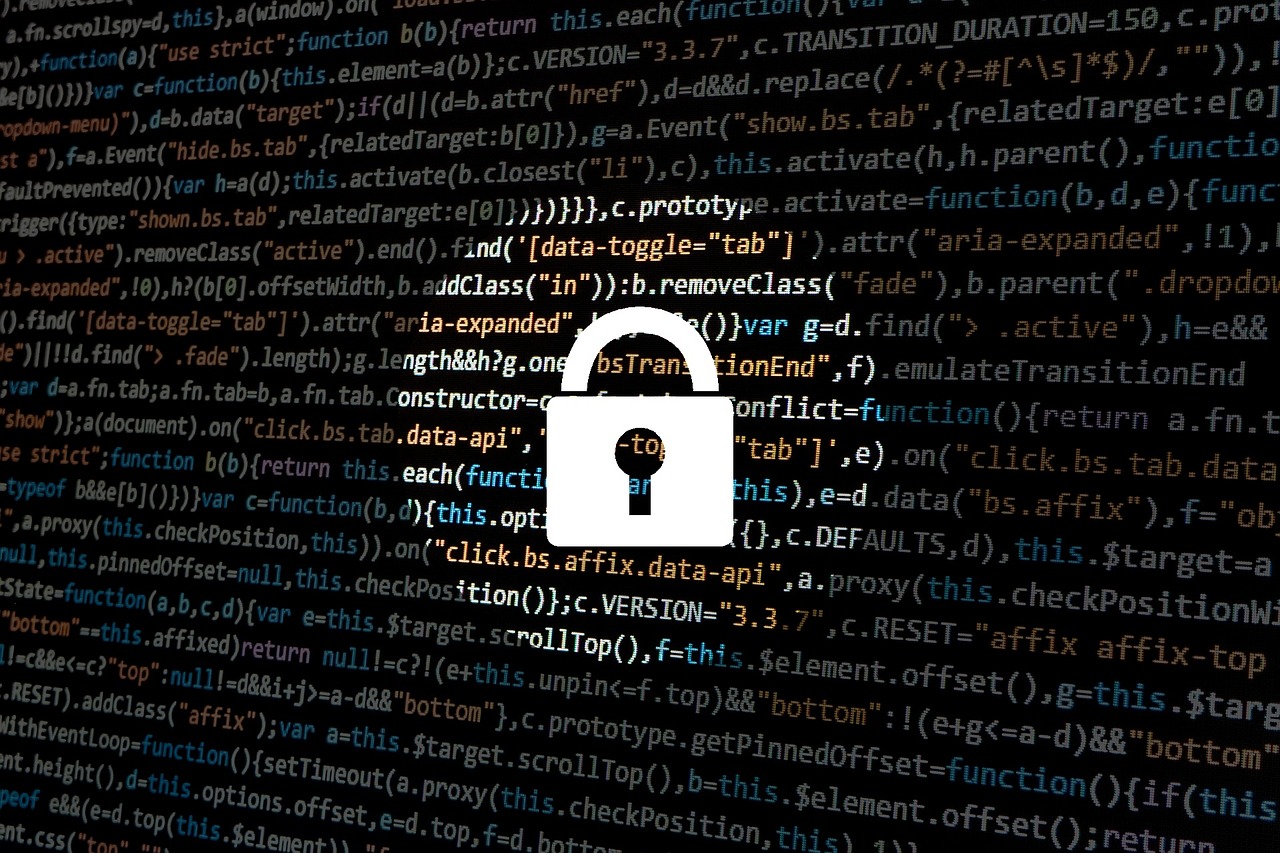The past few years have seen a surge in ransomware attacks and this has severely affected businesses and individuals alike.
Factors like increased digitization and weak cybersecurity have been exploited by ransomware groups to disrupt numerous essential services including education and healthcare.
Organizations need to be vigilant about these attacks and be educated about the measures they can take to safeguard their important data and information.
1. Windows is the Most Targeted OS
Statistics show that 95% of ransomware attacks are targeted toward Windows users since most computers use this operating system.
There are also several other factors like its large market share and ubiquity to take into account. While Microsoft has taken efforts to establish more secure versions of Windows like Windows S and Windows RT, users are facing difficulties in running certain software and applications.
The Wannacry Ransomware attack which took place in May 2017 targeted computers all over the world by taking advantage of the Windows vulnerability which was leaked by a security agency's cyber arsenal.
To protect your computer from ransomware attacks, make sure you perform all the latest Windows updates and turn on Ransomware Protection in Windows Security.
2. New Organizations are Highly Susceptible to Ransomware Attacks
Very often new organizations don't take appropriate measures to secure their systems or patch up any vulnerabilities they might have. Cybercriminals are quick to take advantage of this and launch their attacks.
They also fail to detect these attacks in the initial stage. Failing to thwart the attack at the earliest can lead to severe consequences like releasing your IP or customer data.
There are several things organizations can do to prevent these kinds of attacks. Researching the recent trends in ransomware attacks can give organizations an idea of how severe and prevalent they are.
Organizations should make sure they regularly update their systems and utilize the latest security patches. Using anti-malware software, enforcing MFA (Multi-Factor Authentication), implementing IP restrictions and providing security awareness training are a few other ways to fight against ransomware attacks.
3. Majority Of Ransomware Attacks Come From Phishing
Many companies and organizations suffer ransomware attacks because of phishing.
Very often, users don't recognize phishing attacks and open certain phishing emails that contain a malicious link.
If phishing attacks are carried out successfully, they can provide hackers with a gateway to a whole corporate network which will do major damage to a company.
There are a few ways you can protect yourself from phishing attacks.
-
Never provide confidential company information or personal information to unsolicited requests online.
-
Use high-quality firewalls that will protect your system from hackers and phishers who try to get into your network. Use both a desktop firewall and a network firewall. Next-Gen Web Application Firewalls enable filtering of malicious requests.
-
Keep your browser up to date and utilize all the new security patches which are released.
-
Make use of next-generation endpoint systems which use isolation technology to prevent and recognize phishing attacks.
-
Enforce effective password and access management policies in your company.
-
Conduct anti-phishing programs to educate users on how to identify and avoid phishing attacks.
4. Ransom Payments Should Be Your Last Resort
Ransom payment doesn't guarantee access to all your lost data. Even if you get the data access you might find that the data is unusable.
Experts also say that ransom payments can encourage more ransomware attacks.
Another big reason why ransomware payments aren't the best option is that these payments can fuel innovations in the malware industry which can lead to more sophisticated attacks.
5. Many Ransomware Attacks Use Double Extortion Ransomware
In double extortion ransomware, data is stolen before encryption.
The hackers infiltrate private information and encrypt the files. After encryption, they launch a ransomware attack and threaten to publish this information unless a ransom is paid.
Strengthening your security measures can help prevent these attacks.
Conclusion
Awareness and quick action are your best defense against rising ransomware attacks.
Companies should put in more effort to strengthen their security systems and patch up any vulnerabilities. Educating employees and clients on the impact of ransomware attacks will also play a crucial role in mitigating them.














